What happens when your dog (reactive or otherwise) gets involved in an incident and their cortisol spikes.
This is about the aftereffects, and the aftercare of what happens after your dog has been in one of these stressful situations such as a dog fight, such as reacting really, really strongly to another person or an event or whatever’s gone on.
Because these things happen for like loads and loads of docks.
But this is particularly about dog fights because that is at least as far as I’m aware, just about the most critically stressful point in anything dog.
Unless you’re sincerely unlucky, it’s very, very unlikely that your dog is actually going to get into a back and forth fight with a person. Okay? And I mean, don’t get me wrong, that’s hell, what on earth, that is not what we want to see.
That is not what we want to be experiencing with our dogs.
With our surroundings, we don’t want to be that person. But that’s also incredibly unlikely. So it to me that the more regular or the more common, stressful scenario is a dog fight. So that’s kind of where we’re going from.
This is pretty poetically timed. Because actually, Indie and Shelby had a little bit of a fight today. And it’s, I don’t know what I did, I must have jinxed it or something, essentially, I’m not feeling well, I made a mistake. And the two of them came into the room. And that was that was that. We split it up, we sorted it out, and everybody’s in separate places – so I’m literally dealing with this right now.
Please note!
This post has been mainly AI Generated from the video below! If you notice any weird phrasing?
Ping me an email and let me know, because I clearly missed it when editing!
But let’s start by explaining cortisol.
What Is Cortisol?
Cortisol is a hormone, it is known as the stress hormone.
You and I have it your dogs have it. Everybody has it. And it is what is responsible for the fight or flight response.
This Does Not Cover Anything Medical! Please Contact Your Vet If You Need Help!
Now if you remember back to your high school science lesson lessens your fight or flight response is the thing that evolution Mother Nature has put in place to keep you safe. It tells you, okay, you need to stand your ground and fight, or you need to run the heck away. And these two things are ingrained in our animals, right, they are ingrained in us just the same as anything else.
That’s why a lot of people go, “Oh, we don’t like conflict”.
You know, none of us really like conflict and none of us actually terribly enjoy it, but is the same response. So it’s the same thing that sort of runs deep throughout all mammals because we are at the core, all the same. We’ve all had that same learning experience. And I’m sure we can all kind of sympathise.
Cortisol is a stress hormone. And essentially what it will do as a function is to increase the blood sugar that flows around your body. And so as we know, we’ve got extra sugars running around extra energy, it will enhance brain function.

The way I try and explain it to people is like, if you’ve been watching the matrix, it’s like bullet time, right? So you all of a sudden process things faster, you’re going to maximise the capacity of your brain to understand the situation and react, it also will deflect energy from systems that aren’t needed to be used in that exact moment, such as the digestive system, and push all of our energy instead, out into the muscles or into places that it needs to be like the brain.
That is kind of what cortisol does.
The reason that it’s important is that when your dog gets into a fight, when they react to another dog, when they react to a person to a cat didn’t react to the word, which is good.
Whenever these things happen, they take a spike in so if you add it on a graph, it would spike straight up as to how that cortisol production comes through. That cortisol production stays for a while. So even though dogs very much live in the moment, they live for that like exactly what’s going on right now, which is why we need to reward in a certain way.
They also have the same hormone changes that we do. So when the stress hormone goes spiking straight up, it’s going to take time to come back down. During the time that it’s trying to come back down, it is going to mean that your dog is more prone to fight again, or to flight again.
So it means that as a reactive dog, as an anxious dog as a resource guarder that all of these things are more likely to happen within that time frame right around that box where everything went wrong. And as an owner, that’s incredibly, incredibly stressful, okay, because something goes wrong, and you go,
“Oh, my God, it’s all gone wrong.”
“Oh, my trainings for nothing, everything’s going out the window.”
“And here I am. And now it’s happening again. And again. And again.”
“I’ve got the worst dog in the world, I’m a total failure, everything is going wrong. And I just need to stop. If any of that resonates, I know that feeling. I know where you’ve been. But this is why understanding cortisol is really, really important. Okay. I do a lot of theory. I know I do a lot of theory, but I think the theory is really important.
Because to me, if if you understand what’s behind it, you have a better chance of changing it, then not okay. And I like to make sure that you guys have as much information as you can get. So that brings us then to what do we do?

How Long Does Cortisol Stay In A Dog’s System?
It’s a great question.
How long does cortisol stay in a dog system?
There’s a few sort of rudimentary answers that you will find online some will say a week, some will say a day, some will say a few hours and to be honest, it is very much a “How long is a piece of string”.
Undisturbed,
because if You, like I said earlier with the cortisol about other triggers coming in and buffing that cortisol back up when they are reacting again.
In theory, if you essentially, if you go out a couple of hours after they’ve had a fight and gotten into a predicament, then it can happen that you will just keep sort of spiking that courts cortisol back up.
Your dog will never be living a life without it is partially why we look at happiness measures that we discussed last week, I think, when training a reactive dog, when training an anxious dog, because the environment and the world that they live in is really, really important.
We need to keep the world around them as as relaxed and calm as possible, such that when say, the uncontrolled event or unpredictable event that my previous question came from, happens that we have the opportunity to bring them back down swiftly and essentially go back to training swiftly.
Because they don’t have to be that way. The right, they don’t have to be scared of the world that is around them.
They don’t have to be over alert or hyper hyper alert with things. So if you can create an if you can foster a calming environment, those cortisol levels can go in a few hours. If you can’t foster that environment, it could be days. So this is why I’m saying if we can bring things down, it’s going to be easier.
What Can We Do To Manage Cortisol After A Dog Fight?
After one of these events? What do we actually want to do need to do and what should we be aware of within that sort of finite window where the cortisol is coming down and they are more prone to getting back into a situation that we want to avoid?
Don’t Pass The Blame
Don’t blame somebody else, it doesn’t matter what’s happened. At the end of the day, you are the responsible caretaker for your dog. And as much as I’m gonna say, Don’t punish yourself in the same breath, we have to be aware that there is almost always something we could have done to change that. Okay.
So try not to just sort of go oh, it was therefore I don’t need to worry about it. Okay, because whilst Yeah, all right, if they’ve let their golden retriever or Chihuahua, Pomeranian, whatever it is, they’ve that lead if they’ve let their dog come streaming across the field at your reactive dog who is highlighted in various, essentially wrapped up in fairy lights going, I’m reactive go away.
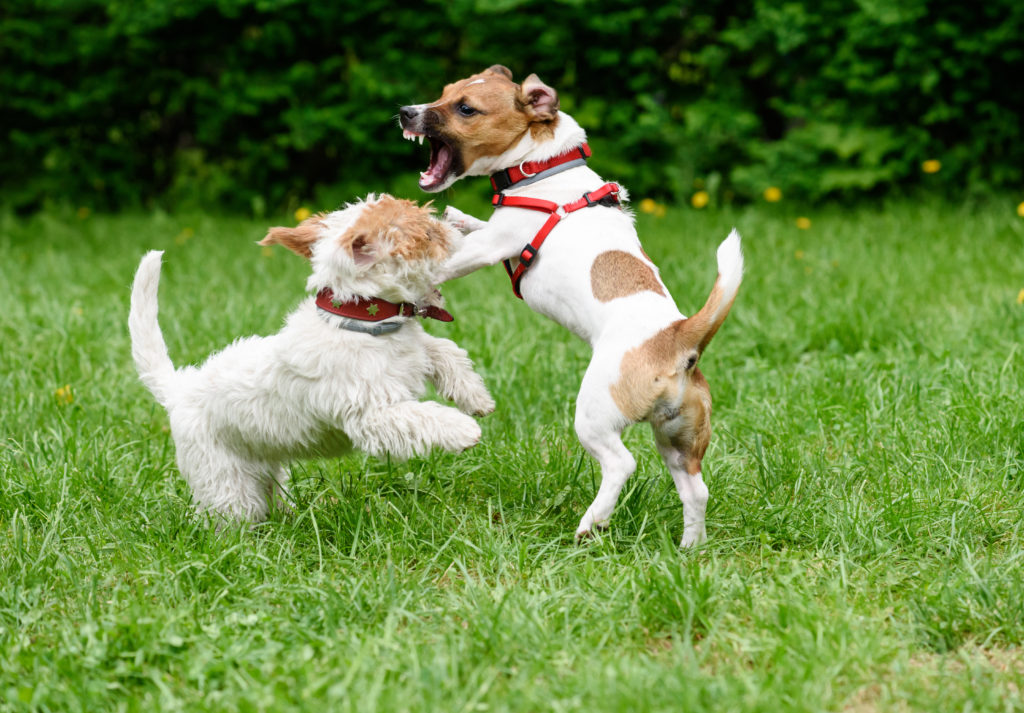
It doesn’t matter.
Because there is still stuff you can do. You can still essentially take the responsibility, learn from it and move forward. Okay. Don’t kill yourself over it. But sometimes taking responsibility even when it’s not necessarily directly your fault is still really important.
Ask What Went Wrong, And Learn From It.
Next ask what actually went wrong and learn from it.
So, for example, the picture that I put on the front of this live, the picture that represents this episode for me, is one of the times that it did go wrong for me. You’ll see it’s broken snaphook.
Sometimes these things are totally, totally unavoidable. And what I learned as a result is to take a step back, add in some extra levels of protection. And in that instance, what I actually learned was that my system, but but nobody got hurt.
Why? Because I’d muzzled Indie, I’d avoided that situation, by popping a muzzle on him, and making sure that even if my leash broke with my reactive dog, something didn’t go wrong. So what I learned is that I was right to have backup, and sometimes you can learn that you are right.
But a lot of the time, it gives you space to improve a system, it gives you space to go, oh, well, maybe that corner is blind, maybe I need to take a wider angle at it. And then I’ll be able to see if there is a dog right there. And as opposed to necessarily following a path inside a park that goes here there and following it to the tee.
If you apply it in a broader scenario, and you look at more corners and go, Oh, that’s blind to that’s blind to your learning the whole time. Okay? So anytime you do make a mistake, try and learn from it. It’s It’s not rocket science.
This way we keep improving, and the way we become better dog parents, and the way we serve our dogs better is to learn from things when they do go wrong, okay, so try to not look at them as a no. We don’t want to make mistakes, nobody wants to make mistakes. However, when you do, and they do happen, look at them as a learning opportunity.
Write It Down.
Third, write it down. If you have any incident that happens. And I get it a lot with clients, when I work with people, either online or face to face, they will go oh, there’s no pattern there that like I just don’t understand when it’s happening.
There will almost certainly be something that pulls them all together.
If you don’t write down, everything that happens during that time, you all there is a very large chance you’re going to miss the very small thread that connects everything together, it could be a time of day, it could be that you’re in the dark part of the street, it could be that you’re walking past a house that smell that this is gonna be a really ridiculous example.
But what if it’s always outside of the local Marajuana grower?
So yeah, there’s environmental there is like situational, and there’s all sorts of things going on around your dog that you aren’t necessarily going to notice unless you write them down. So I will always encourage anybody after an incident, try to have some way it can be on a note in your phone and diary wherever you want wherever suits you.
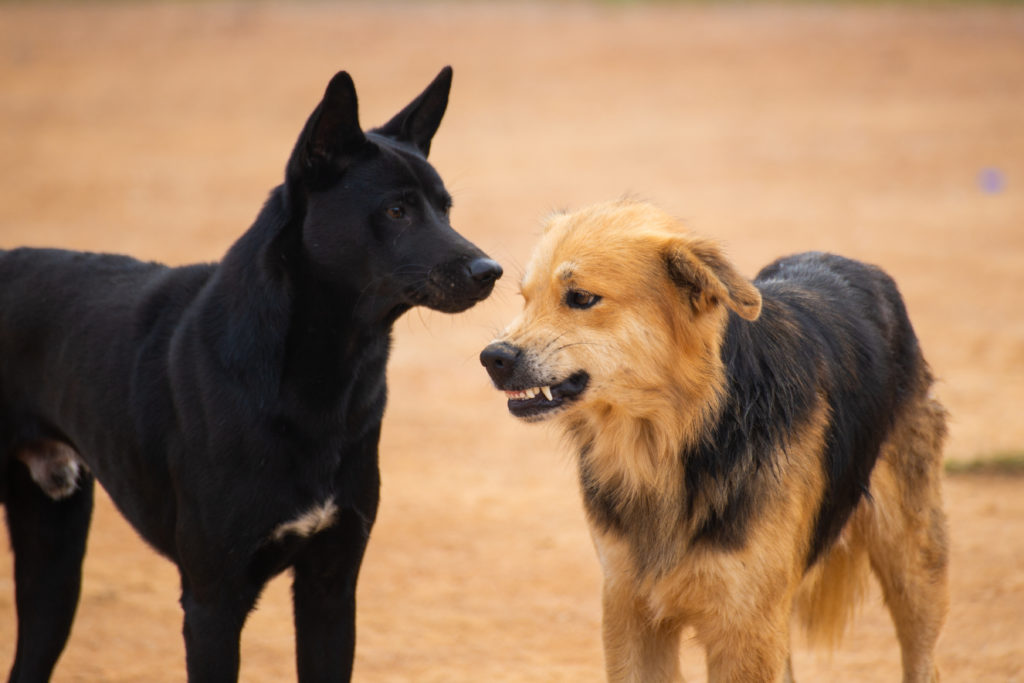
Take Time Off (Aka A Cortisol Break!)
Now next, want you to take something that gets called by trainers, a cortisol break which is fancy train a dog for stop walking your dog for a bit. But it’s very, very true. And I will give you some tips in towards the end of this that will give that will help you to do so.
Essentially, we need that cortisol level to come down I talked at the beginning about how fights and things and incidents can raise cortisol.
It will remain high, as long as things keep happening. So if we take away the possibility of things to keep recurring, then it means that the cortisol can come down and our dog goes back to normal. And we can resume normal service, essentially.
Start Again, And Take A Step Back
And then when you do go back, to walking your dog to going to the park to doing whatever it is that you used to do normally do, and your normal training processes.
Start again, but take a few steps back from where you were. So training. I wish training were like a linear journey, I wish it were just we take you from A to B. And at B, everything’s done.
But it’s not a straight line, it’s always got wiggles in it, it always goes back and forth.
You’d be better off taking two steps back and going well, okay, normally their bubble, or like When last we were teaching, my reactive dogs personal space bubble was three metres ish.
If you’re doing three metres, you’re doing really good by the way.
But take that out to five or six meters, and just start again at that distance and sort of go, it’s okay, you’re essentially taking a moment to reassure your dog, that these things are okay that they are acceptable, and that what happened before is not going to happen again.
That’s what we need to remind our dogs in this situation, because it’s like, it’s icy outside right now.
It’s just given them that that that little bit of extra support that they do need. And it’s quite simple, right? So we don’t have to go like all the way back to the very, very beginning, just take a couple of steps back and what you’ve been doing and go at it again. Because it will help okay. Right.
Simple, But Effective.
Cortisol, fights, and stress? Can be killer.
It can escalate things and totally undo tonnes of hard work.
You need to know what you’re doing when this happens.
I’m hoping this gives you a little more confidence in how to handle the situation, that you know how to keep as much of your training progress as physically possible. Because this journey is tough enough without taking too many steps backwards.
If you need help with your reactive dog from me, check out the forthcoming Rebarkable Reactives course!

Author, Ali Smith
Ali Smith is a professional, qualified, and multi-award winning trainer is the founder of rebarkable. She has always believed animals deserve kindness and champions force free methods. Believing that dog guardians will all choose the kindest options if proper information is provided, she aims to help all dog guardians who need it and make dog training as accessible as possible
Ali lives win Maryland, US with her husband and her three dogs.

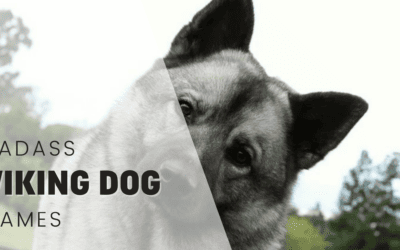
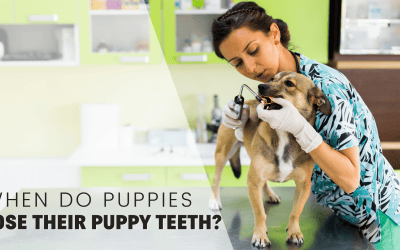
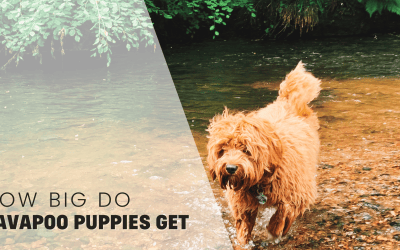
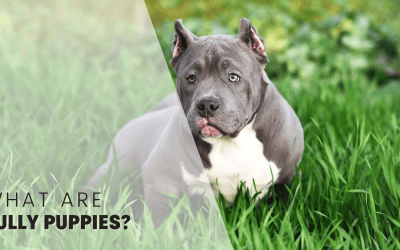
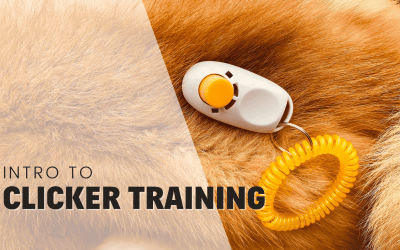
0 Comments